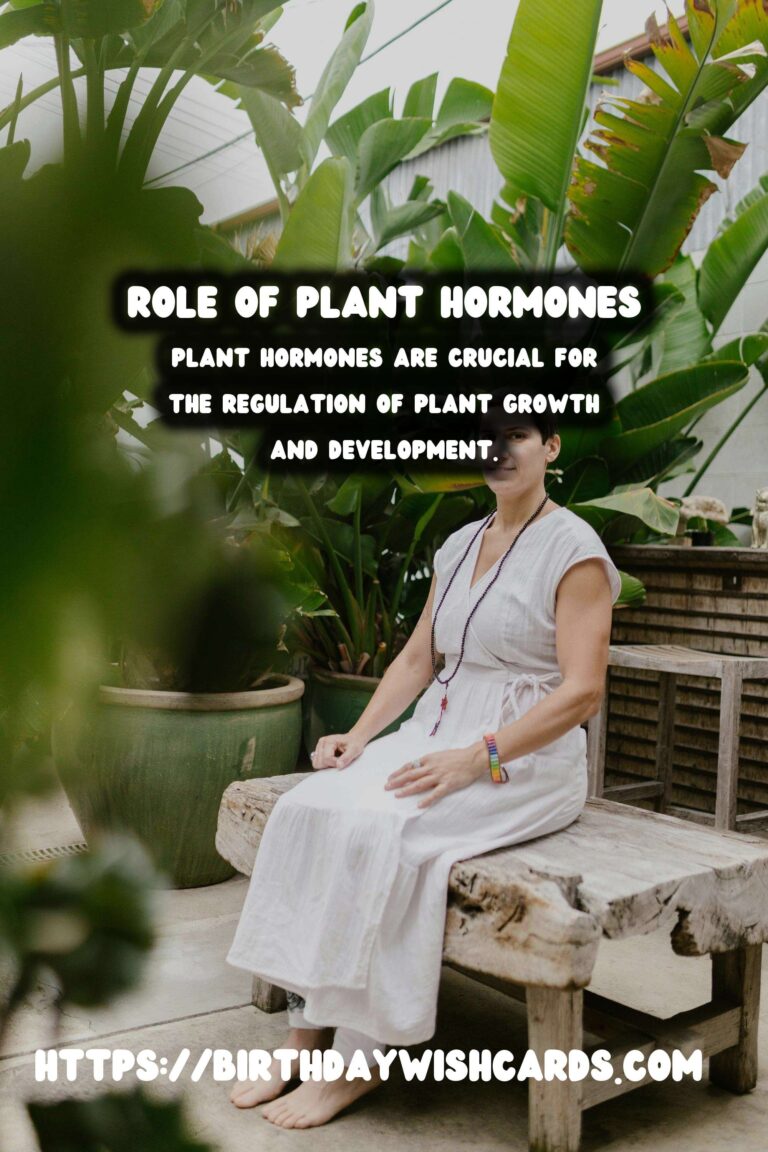
Plant hormones, also known as phytohormones, are crucial for the regulation of plant growth and development. They influence a variety of processes, including cell division, elongation, and differentiation. Understanding these hormones helps in comprehending how plants adapt to their environment, reproduce, and sustain themselves.
Types of Plant Hormones
There are five major types of plant hormones: auxins, gibberellins, cytokinins, ethylene, and abscisic acid. Each of these hormones plays a specific role in plant growth and development.
Auxins
Auxins are primarily responsible for cell elongation. They are produced in the stem, buds, and root tips, and facilitate the plant’s ability to grow towards light, a phenomenon known as phototropism. Auxins also play a role in the differentiation of vascular tissues.
Gibberellins
Gibberellins are involved in promoting stem elongation, seed germination, and flowering. They break the dormancy of seeds and buds, enabling plants to resume growth.
Cytokinins
Cytokinins promote cell division in plant roots and shoots. They work in conjunction with auxins to control the growth and differentiation of plant tissues, influence nutrient mobilization, and delay leaf senescence.
Ethylene
Ethylene is a gaseous hormone that plays a significant role in fruit ripening and response to stress conditions such as drought or pathogen attack. It also influences the shedding of leaves, flowers, and fruits.
Abscisic Acid
Abscisic acid is primarily involved in seed dormancy and stress responses. It helps in closing stomata in leaves to reduce water loss during drought conditions and triggers the development of fruits.
Interactions Between Hormones
Plant hormones often interact with each other to regulate complex growth processes. For example, the balance between auxins and cytokinins determines the pattern of plant growth, such as root versus shoot development. Similarly, the interaction between gibberellins and abscisic acid regulates seed germination.
Applications of Plant Hormones
Understanding plant hormones has practical applications in agriculture and horticulture. For instance, synthetic auxins are used as herbicides to control weed growth, while gibberellins are used to increase fruit size and improve the quality of grapes and other fruits. Ethylene is used to control the ripening process of fruits during storage and transportation.
Conclusion
Plant hormones are integral to the life cycle of plants, influencing every aspect of growth and development. By manipulating these hormones, scientists and farmers can improve crop yields, enhance plant resilience, and produce better quality food. The study of plant hormones continues to be a dynamic field, offering insights into plant biology and practical solutions for food production challenges.
Plant hormones are crucial for the regulation of plant growth and development. There are five major types of plant hormones: auxins, gibberellins, cytokinins, ethylene, and abscisic acid. Auxins facilitate the plant’s ability to grow towards light. Gibberellins promote stem elongation, seed germination, and flowering. Ethylene plays a significant role in fruit ripening and response to stress conditions. Abscisic acid helps in closing stomata to reduce water loss during drought. The interaction between plant hormones regulates complex growth processes. Understanding plant hormones has practical applications in agriculture and horticulture. 

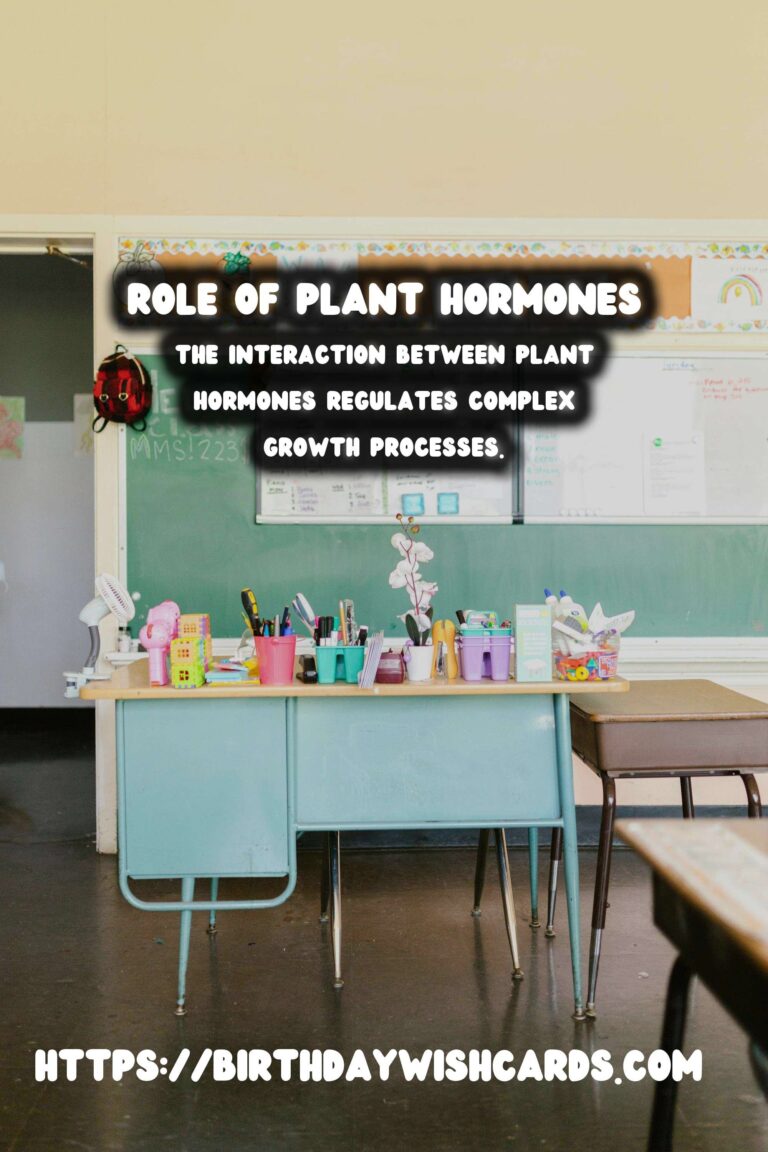
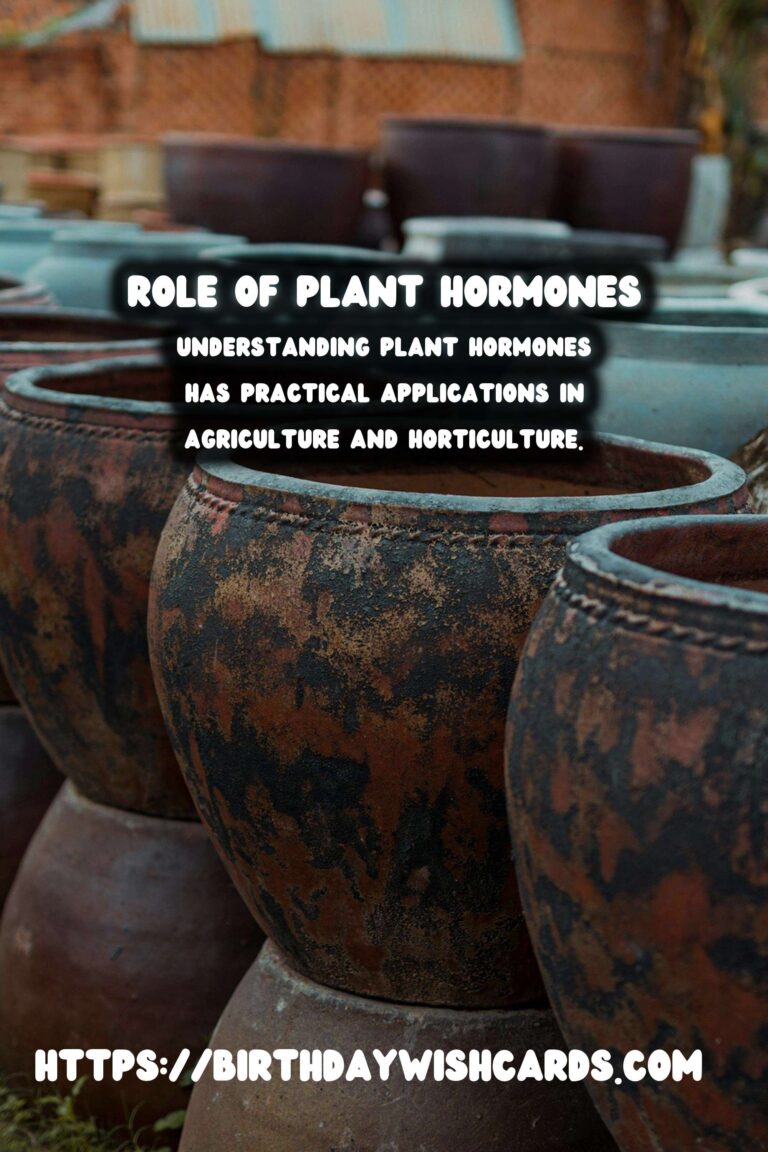
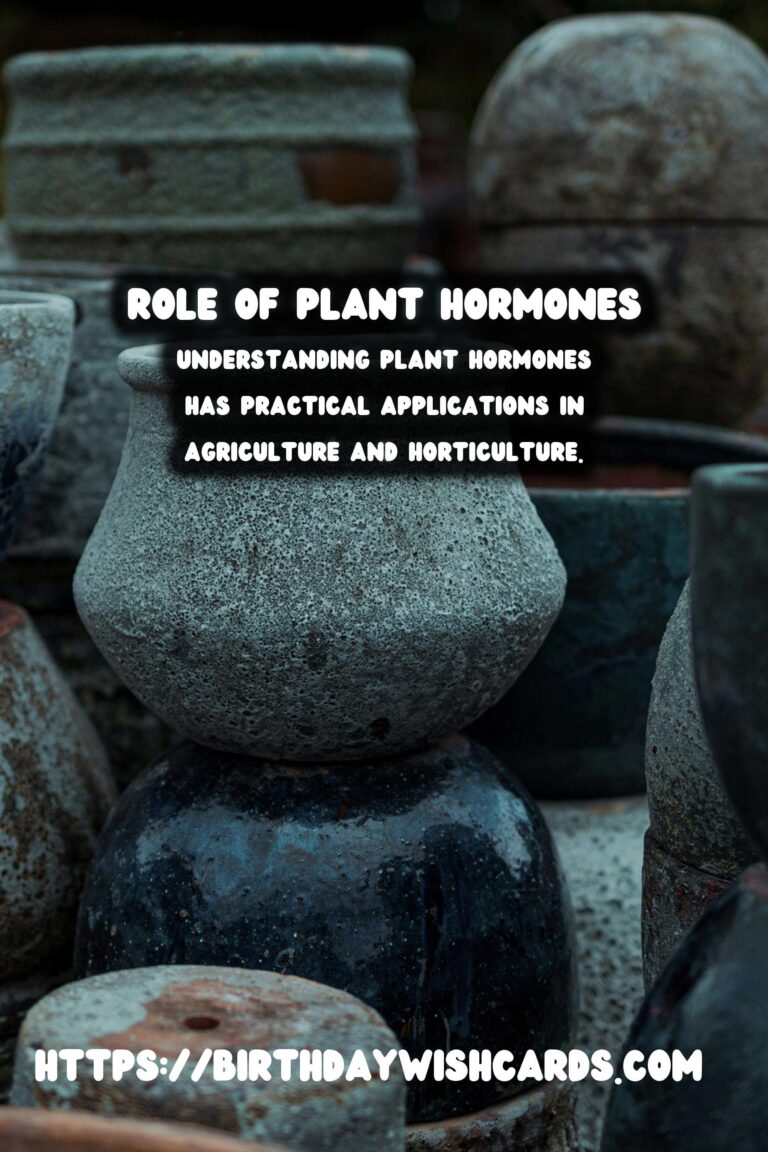
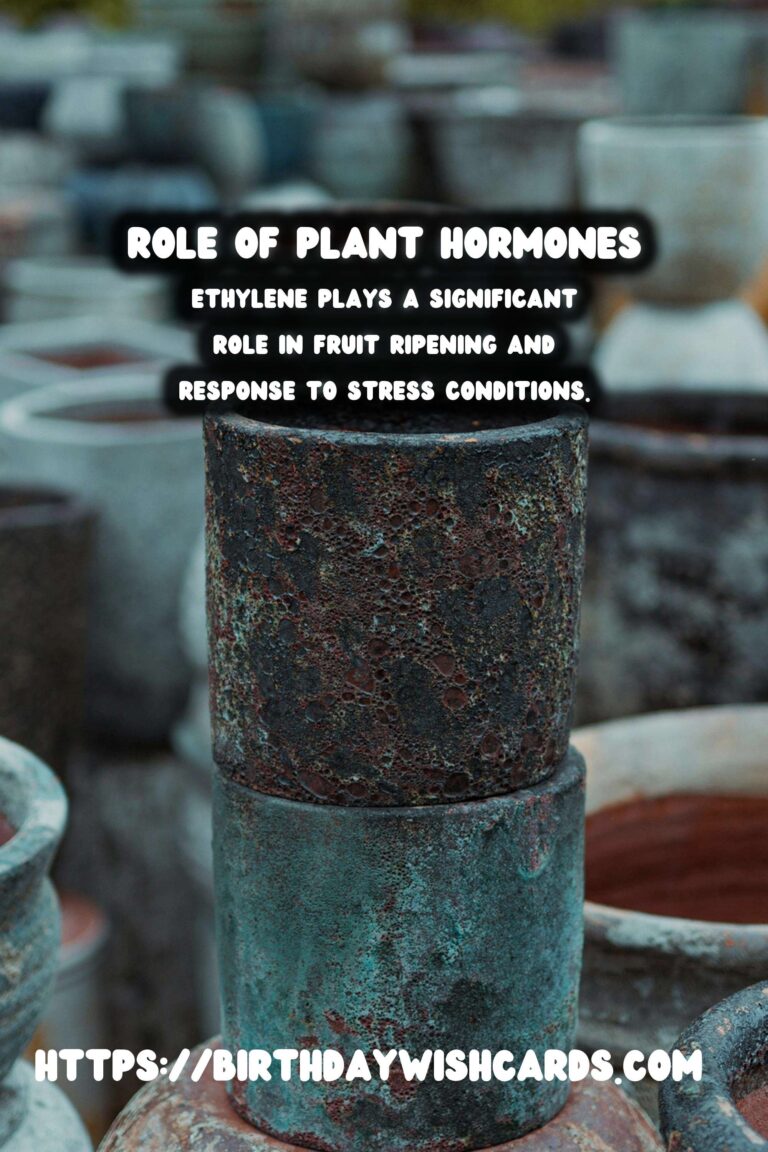


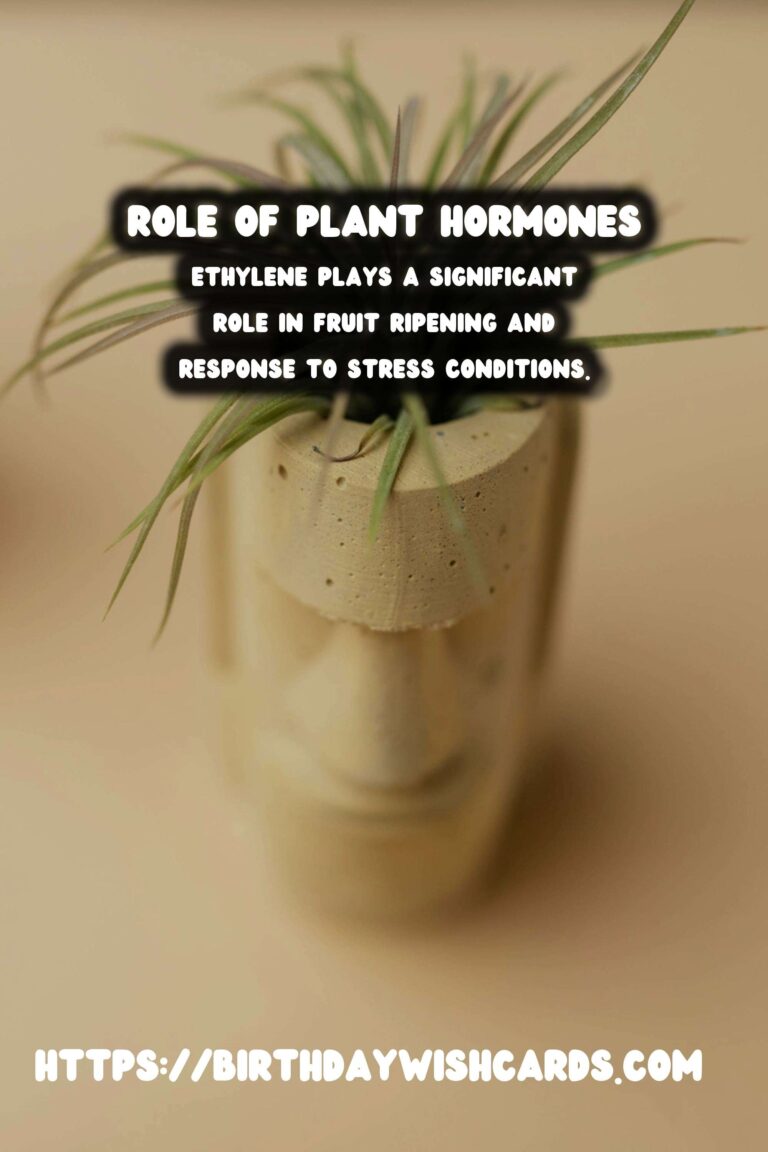

#PlantHormones #Botany #PlantGrowth #Agriculture #Horticulture




